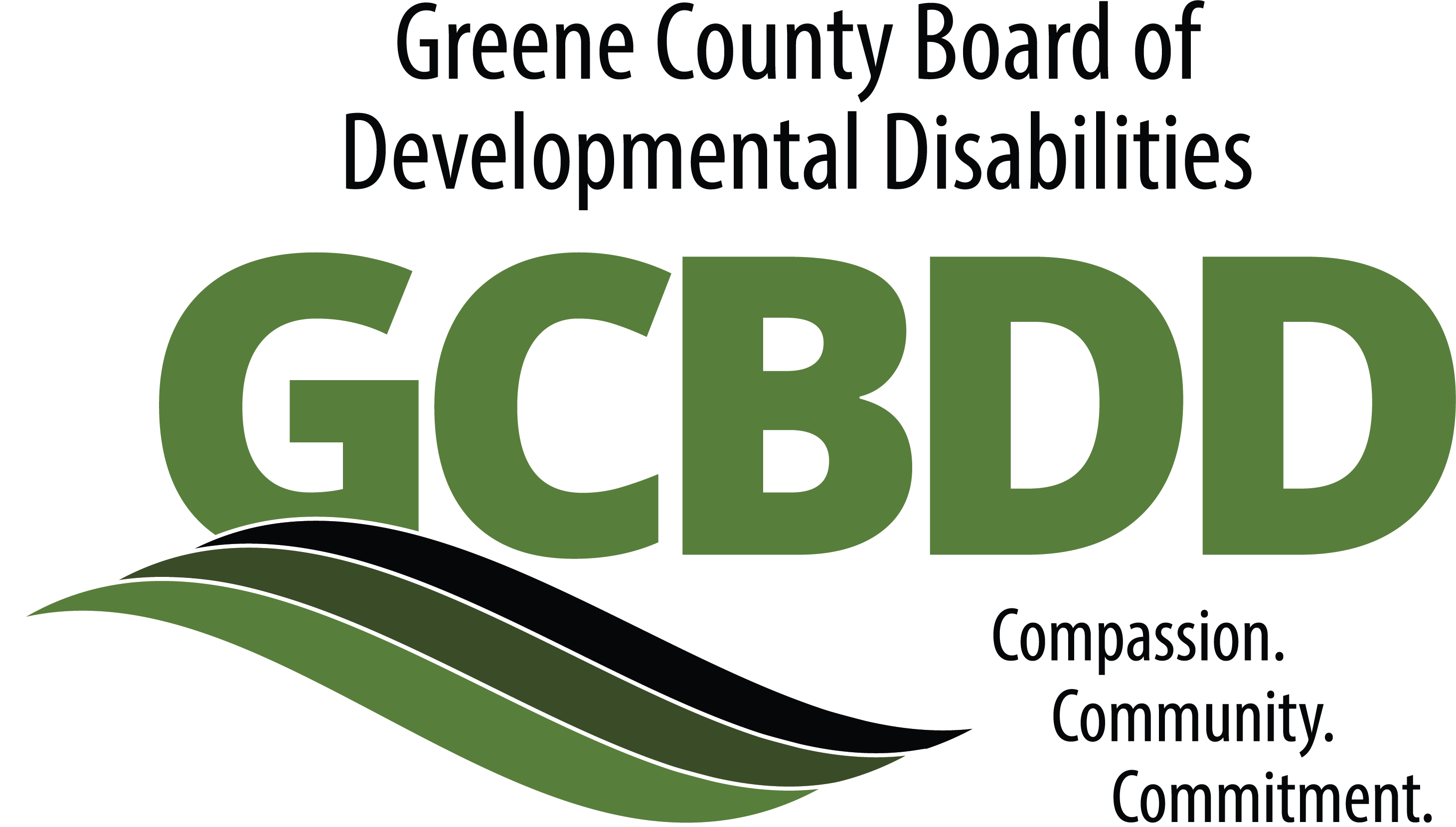
Federal law defines a “developmental disabilities” as a severe, chronic disability of an individual that:
- Is attributable to a mental or physical impairment or combination of mental and physical impairments;
- Is manifested before age 22;
- Is likely to continue indefinitely;
- Results in substantial functional limitations in three or more of the following areas of major life activity:
- Self care (basic living such as feeding and dressing)
- Receptive and expressive language (the ability to understand spoken language and to make oneself understood to others)
- Learning
- Mobility
- Self-direction (the ability to make choices and decisions on one’s own)
- Economic self-sufficiency
- Capacity for independent living
- Reflects the individual’s need for a combination and sequence of special, interdisciplinary, or generic services, individualized supports or other forms of assistance that are of lifelong or extended duration and are individually planned and coordinated. (Ohio Public Images, And Justice for All Manual)
The term “developmental disability” encompasses many different types of disabilities and affects approximately four to five percent of the general population (Petersilia, When Justice Sleeps). The Ohio Department of DD currently serves more than 60,000 individuals through the 88 local county boards of DD and 12 state-operated developmental centers.
While individuals with developmental disabilities have some common characteristics, each disability carries its own unique traits. Some developmental disabilities involve difficulties in cognitive thinking, while others involve physical difficulties. Some developmental disabilities involve both physical and cognitive impairments. It is therefore challenging to develop solutions to address the wide range of needs experienced by individuals with developmental disabilities.
The most commonly known developmental disability is learning/intellectual disability, which refers to limitations in the ability to learn and function socially and varies in degree from mild to profound. It is also often confused with mental illness, which is different than learning/intellectual disability in that it can be treated and may not be a life-long disability. Other developmental disabilities include, but are not limited to, autism, cerebral palsy, epilepsy, and spina bifida.
While not common to every disability, there are certain characteristics that increase the vulnerability of individuals with DD. These include:
- A dependency on others to care;
- A tendency to be segregated from others, with little access to resources;
- Difficulties with abstract thinking, which could involve difficulty planning and anticipating actions or the consequences of actions;
- Difficulties in learning skills or in transfer a concept or skill from on situation to another;
- Difficulties in communicating;
- Difficulties in interacting socially;
- Difficulties in thinking long-term or thinking casually;
- A tendency to follow others or be manipulated;
- A tendency to be overly trusting of others and anxious to please;
- Short attention spans;
- A lack of knowledge on how to protect themselves.
(References: Ohio Public Images, And Justice for All Manual; Petersilia, When Justice Sleeps)
